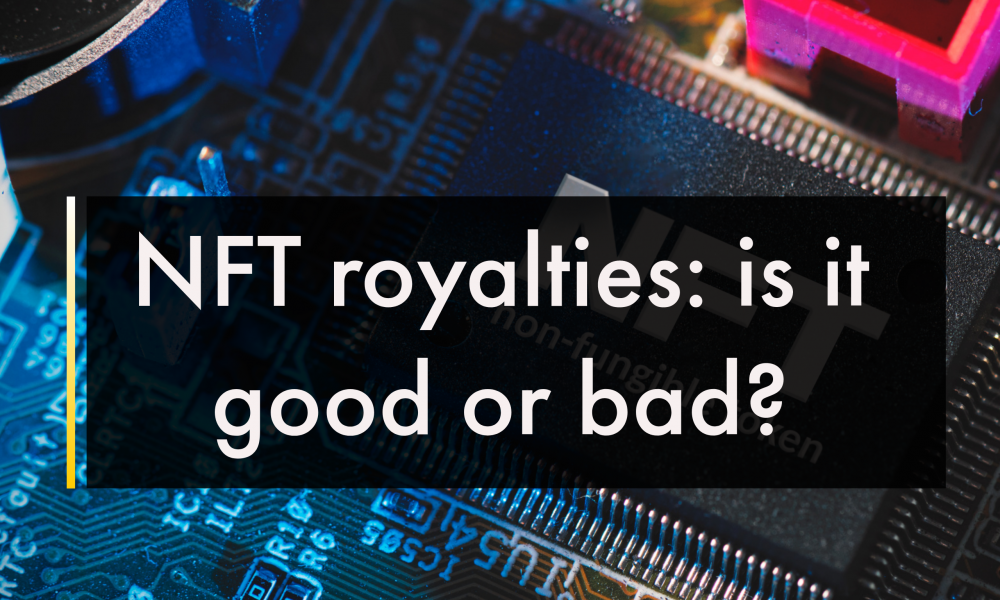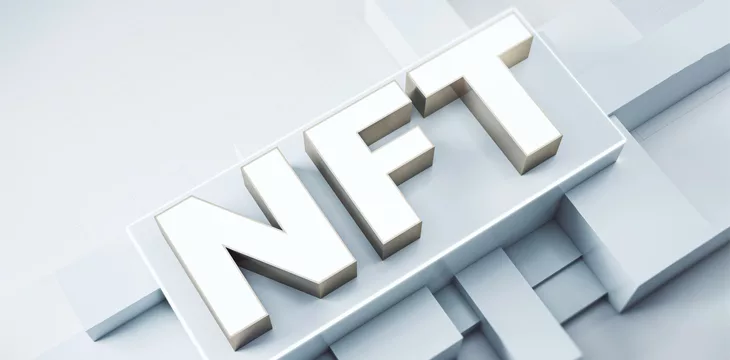How Richard Chan and Manifold empower artists beyond open editions

The boundaries between art and technology are more blurred than ever. A successful NFT art career requires as much creative talent as technical knowledge. How are artists expected to navigate both worlds?
Richard Chan may have created the solution. As the co-founder of Manifold, Chan created a platform that not only empowers artists to harness the technical power of blockchain technology – it also enables them to monetize their work through NFTs. While Manifold is just one solution in the growing NFT space, their work highlights the importance of accessibility and inclusion to allow creators to fully embrace the potential of this new medium of expression.
Chan was selected for this year’s NFT100, and nft recently sat down with him to discuss Manifold, the company’s work with open editions and beyond, and the future of NFT art.
Chan’s journey to Manifold
A programmer from the age of 13, Chan’s expertise in hardware, circuit boards and electronics has served him well in the ever-evolving world of blockchain technology. From the very beginning, his creations have been focused on helping people with little prior knowledge enter the crypto space. It started with him creating a Bitcoin exchange on Facebook in 2013.
“It was hard to get Bitcoin back then,” Chan said in an interview with nft now. “Either you had to buy it from an exchange, which took about a week, or you could get it from one of your friends.”
Chan leveraged his programming skills to create a solution that allowed users to buy and sell Bitcoin between social networks, making it easier for people to enter the crypto world. However, Chan realized that once people had Bitcoin, they didn’t have many options for what to do with it.
Fast forward to December 2020, and Chan’s friend and Manifold co-founder, Eric Diep, sent Chan his first NFT. Chan saw that NFTs could bridge the gap between creating and consuming in the digital space. He explains, “When we think about creations, we like two things: we like to create, and we like to consume. As people spend more time online, it makes more sense for these creations to be digital.”
With this mindset, Chan founded Manifold to empower artists to explore the possibilities of blockchain technology and monetize their work through NFTs. By leveraging his technical expertise and understanding of consumer needs, Chan has created a platform that democratizes the process of creating and selling digital art, making NFT art a more accessible and inclusive space.
Manifold’s work with open editions
One thing Manifold is getting attention for is the spread of open editions of NFT collections. Open issues are NFT drops with no fixed supply limit, allowing collectors to mint as many tokens as they want within a certain period of time (usually within 24, 48 or 72 hours). According to Chan, open editions allow for a new level of creative expression. It’s about the art, not just the money.”
Manifold has enabled a number of projects to use open source software, including NFT photographer Isaac ‘Drift’ Wright, who released his First Day Out collection as an open source in 2022 to commemorate his one-year release from prison earlier.

The project has made almost 500 ETH in volume at 10 percent creator revenue, with over 10,000 NFTs minted. It means Operation— and others like him — have used open editions to both generate income and gain an audience.
Chan sees open editions as an important step in the development of NFTs, but not a final destination. When NFTs first appeared, they were considered niche items with no utility beyond being digital versions of physical art. Then came PFP projects like CryptoPunks and Bored Ape Yacht Club, opening the first simple but important tool: NFTs as a profile picture.
“That’s when the speculation hit and the money came in,” explains Chan. “After the hype cycle played out, everybody was left in ruins saying, ‘Okay, what was that?’ These conditions played an important role in the popularity of open editions.”
Similar to the way artists can offer their open edition NFTs for free as a means of engaging fans, Manifold also offers its creator tools for free.
NFTs offer a new medium of expression, but they often require a deep understanding of the technology behind them. This can be overwhelming for many artists, who may not have the technical knowledge to navigate the space. As a result, tools like Manifold can be invaluable in providing artists with the necessary resources to create and distribute their work. “I think allowing creators to own their own smart contracts is far more important than open editions,” says Chan.
“Creators are the heart of Web3.”
Richard Chan
Manifold’s decision to offer its tools for free also underscores the importance of access in the NFT space, a larger issue that has prevented many artists from entering the space. With Manifold’s free tools, creators can enter crypto and monetize their digital art without having to worry about the high costs of creating and minting NFTs or the technical requirements of understanding blockchain technology.
Overall, Manifold’s decision to offer their services for free reflects their core mission of supporting creators and contributes to the cultural shift towards greater inclusion and accessibility in NFTs. “Creators are the heart of Web3,” says Chan. “So we’re always trying to lower the barrier of entry for any creator to enter the space.”
What happens in the future?
As the NFT market continues to evolve and we seek to discover the deeper use cases for NFTs, tools like Manifold will be invaluable in providing artists with the necessary resources to navigate the complex technical requirements of blockchain technology and express their creativity.
As Chan says, “This isn’t about Manifold and our technology — it’s about blockchain enabling artists and platforms. We’re just providing a simple mechanism for people to use that power.” With Manifold’s help, artists can focus on their craft and unlock the full potential of NFTs as a new medium for expression and revenue generation.
Want more NFT100 honoree interviews? Get the full list of everyone we spoke to here.























